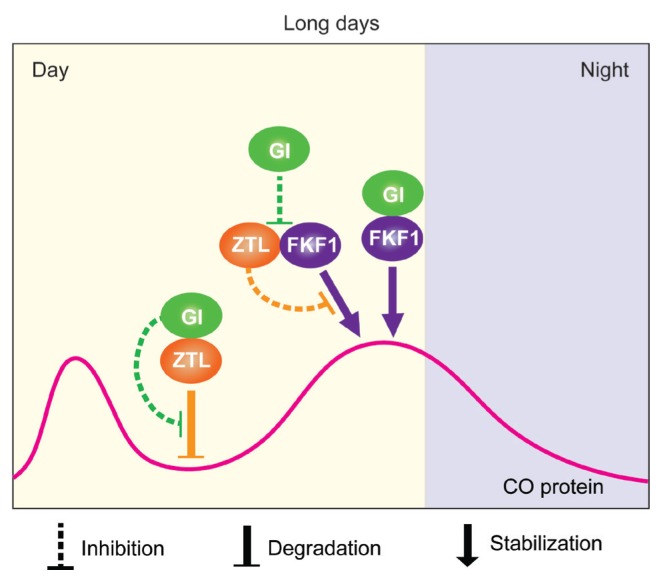Fig. 4. A model for the regulation of CO protein expression by relationships among FKF1, GI, and ZTL in long days.
The temporal expression profile of CO in the nucleus under long-day conditions, which shows bimodal peaks in the early morning and late afternoon. ZTL mediates the degradation of CO in the morning by directly binding to it. Once FKF1 and GI proteins are expressed in the afternoon, the proteins form an active protein complex. GI preferentially interacts with ZTL and inactivates its function, leading to sequestration of CO from ZTL. The function of FKF1 stabilizes CO in this condition through forming a protein complex with it. In addition, ZTL can interact with FKF1 and inhibit the FKF1-mediated CO stabilization, resulting in destabilization of CO. The preferential binding of GI to ZTL also interferes the complex formation between FKF1 and ZTL. All together, these multilayered and sophisticated regulatory mechanisms allow CO protein to be highly accumulated at the late afternoon of long days.

